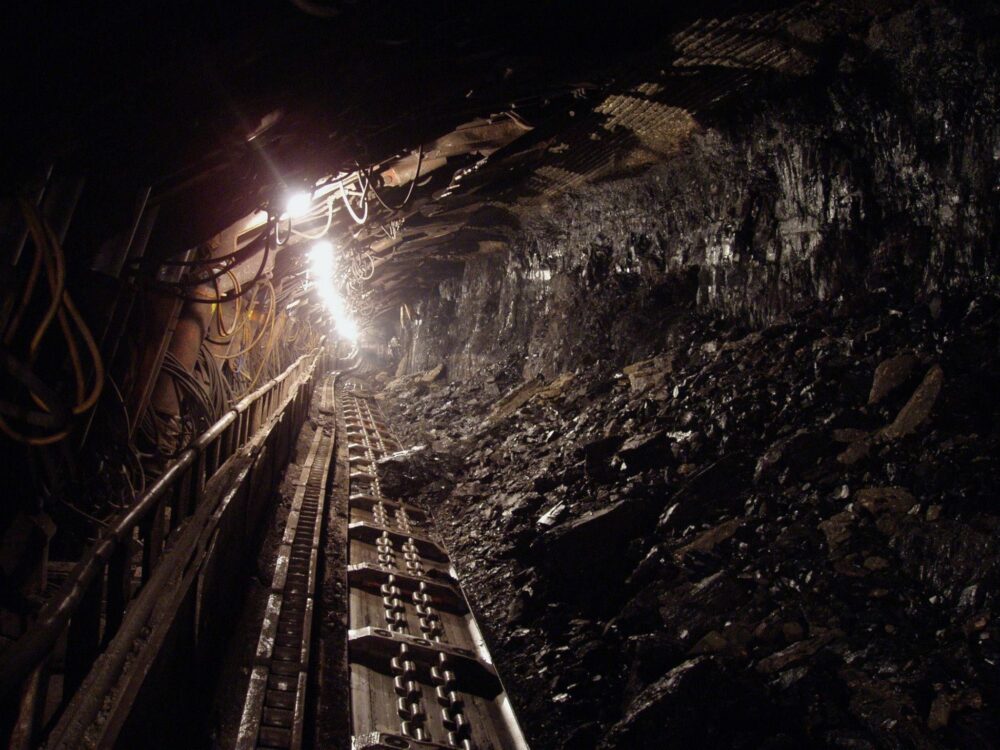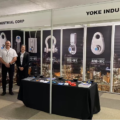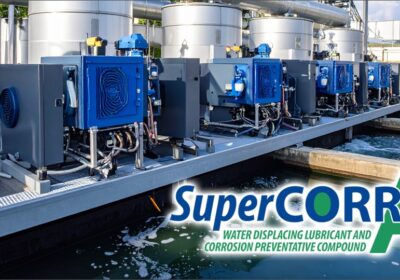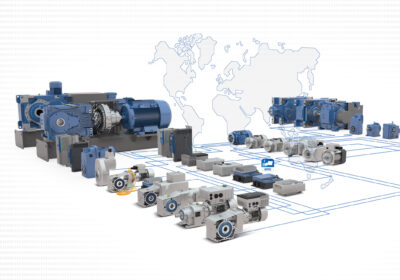~ The key role of intrinsically safe electrical equipment in industrial site safety ~
Whenever electrical equipment is required for use in hazardous environments, such as those that are commonplace in the chemical, oil and gas, mining and processing industries, they must be designed with intrinsic safety in mind. This stops them acting as potential ignition sources in plant areas containing volatile dusts, gases or liquids. Here, Darren Barratt, product sales manager at alarm and event management specialist Omniflex outlines the importance, and key aspects, of intrinsic safety design.
Electrical components designed for use in hazardous environments must follow the principles of intrinsic safety, which allow for safe operation of electrical equipment in hazardous areas by limiting the electrical and thermal energy available for ignition. Components need to be selected carefully, so any failure does not compromise safety, along with balancing functional and performance requirements with those safety considerations.
This includes any constructional requirements that may be required, along with considerations surrounding the separation of PCBs between components and terminals, the current rating and PCB tracks, and the type of environment they will operate in.
Hazardous environments are separated into three zones. Zone 0 is defined as a constant explosive environment in normal operating conditions, while Zone 1 indicates an occasionally explosive atmosphere, usually caused by things such as leakage and maintenance operations. Here, energy limiting practices and considerations for possible component failure become mandatory, due to a higher possibility of explosion that comes with frequent exposure to flammable or explosive materials. Finally, Zone 2 is indicative of an area in which an explosive atmosphere is not likely to occur in normal operation and, if it occurs, will only exist for a short time.
Regulatory considerations
Intrinsically safe instrumentation is required in environments where there is a significant risk of explosion. This includes gas and oil rigs, refineries, mining and chemical factories.
Equipment used in these settings must adhere to strict international standards, and manufacturers must stay updated with changing regulations. Electrical components in the European Union must adhere to ATEX certification.
Any batch of products can be verified in a Testing Lab against the original approval – though manufacturers can self-certify equipment for Zone 2 components as standards can be verified in the EU.
For the more explosive areas of Zones 0 and 1, equipment requires testing by an ATEX approved notified body.
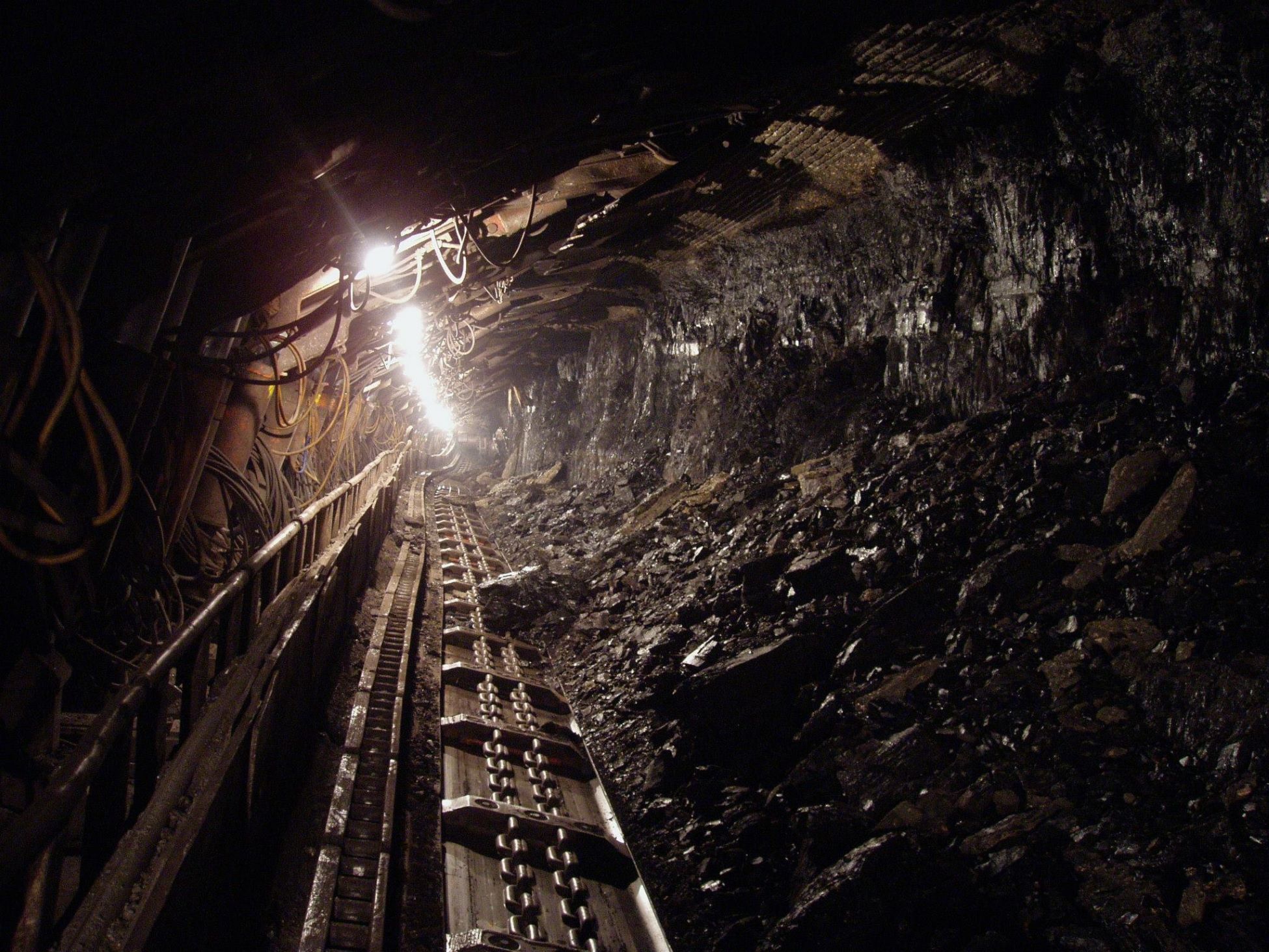
Alarm annunciation
Alarm annunciators in potentially explosive environments can help avert any hazardous events. They inform operators of potential problems that must be addressed – notifying them of a safety action to be carried out. In turn, this prevents any unplanned downtime at a facility, so as well as bringing about safety features, the annunciators can contribute to cost savings.
Rather than operating on a supervisory control and data acquisition (SCADA) system or other computer systems, alarm annunciators provide an independent form of detection for the safety of a facility. While performing the same role as a standard alarm annunciator – in alerting operators to a problem – the devices can be developed and manufactured by specialists to ensure less risk of electrical sparks, reducing the risk of any dangerous events or downtime that halts production or output.
Omniflex’s Omni16C-EX integral alarm annunciator and displays are an example of the intrinsically safe electrical equipment the company can provide for international markets.
With ATEX certification, the annunciators can be used in Zone 2 areas, notifying operators of dangerous situations in potentially hazardous areas, and alerting any staff operating in that area. Once mounted, the Omni16C-EX is fully protected in a protective enclosure to allow location in hazardous areas.
Omniflex’s certified facility in Durban, South Africa, manufactures the Omni16C-EX integral alarm annunciator, which offers protection, ensuring critical alerts reach your team without compromising performance or safety in environments including gas and oil rigs, chemical factories and mining operations. To find out more about how Omniflex’s solutions can reduce downtime, and enhance operational safety, visit its alarm sector overview document.

